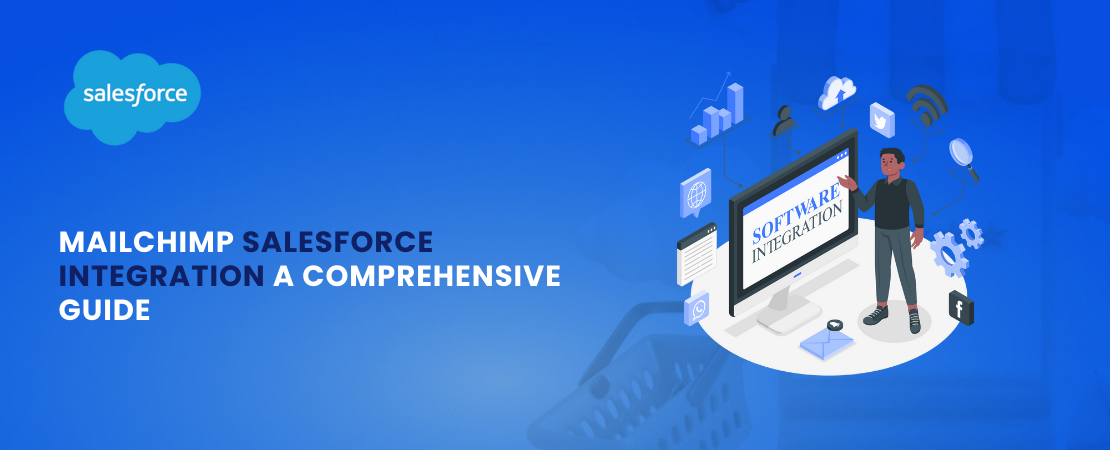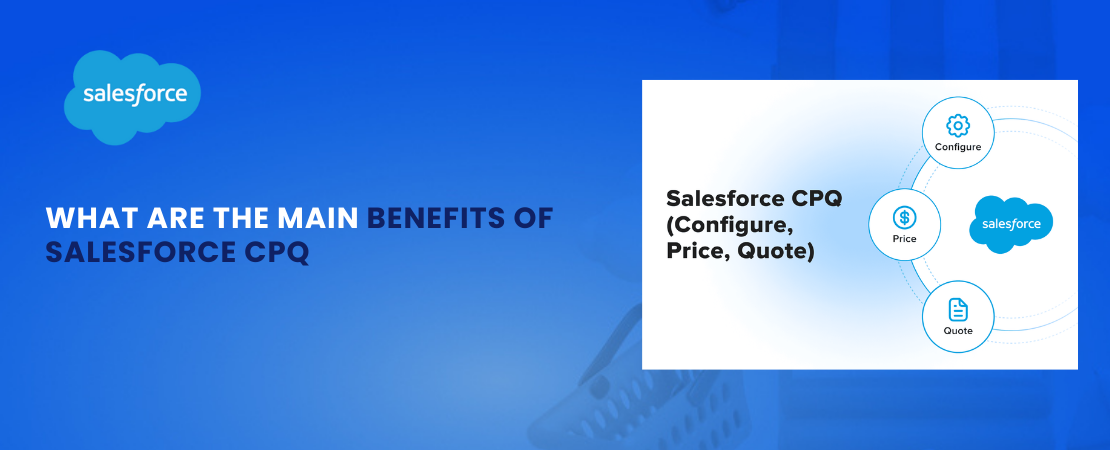Mailchimp Salesforce Integration: A Comprehensive Guide
A Mailchimp Salesforce integration opens the door to various automation capabilities. If you’re looking to enhance these capabilities, consider hiring a certified Salesforce developer to customize and optimize your integration.:
- Automatically send personalized welcome emails to new subscribers. A simple greeting helps develop a personal connection with the brand.
- Follow-up emails based on specific actions, such as a product purchase or website visit, remind customers to return to the store.
- Abandoned cart reminders help remind customers who have abandoned their shopping carts to complete their purchases.
- Birthday and anniversary emails remind customers that a brand they shopped with remembers special occasions. This compels the customer to bring in more business.
How To Set Up a Mailchimp-Salesforce Integration
We’re now at the business end of this article, listing down the setup process for a Mailchimp-Salesforce integration. Here’s how to set up a Mailchimp-Salesforce integration:
Prerequisites and Requirements
To begin the Mailchimp and Salesforce integration, you need:
- An active Mailchimp account with the necessary permissions.
- A Salesforce account with API access enabled is typically the case for most editions.
- API Keys from your Mailchimp account to authenticate the connection.
Installing and Configuring the Integration
The next step involves installing and configuring both platforms:
Install the Mailchimp App:
- Log in to Salesforce org.
- Go to the AppExchange and search for “Mailchimp.”
- Install the app and follow the on-screen instructions.
Configure API Keys:
- Go to Account > Extras > API keys.
- Create a new API key.
- Copy the API key and API secret.
Connect Mailchimp to Salesforce:
- In Salesforce, go to App and find the Mailchimp app.
- Click Connect to Mailchimp.
- Paste your Mailchimp API key and API secret.
- Click Connect.
Configure Data Sync:
- Define which data fields you want to sync between Mailchimp and Salesforce.
- Specify the direction of the sync (e.g., Salesforce to Mailchimp, Mailchimp to Salesforce, or both).
- Set up sync schedules and filters to control the data flow.
Testing the Integration
A complex procedure needs to be tested before it goes live. Here’s how to test your Mailchimp-Salesforce integration:
Test Contact Sync:
- Add or update a contact in Salesforce.
- Check whether changes are reflected in your Mailchimp audience.
- Add or update a contact in Mailchimp and verify if the changes are synced to Salesforce.
Test Campaign Sync:
- Create a new email campaign in Mailchimp.
- Check if the campaign details (send time, subject line, and content) are synced to Salesforce.
- Monitor the campaign’s performance metrics on both platforms.
Test Automation Rules:
- Set up automation rules in Salesforce such as those used in IVR API Integration that trigger email campaigns in Mailchimp based on specific events (e.g., lead conversion, opportunity closed).
- For businesses looking to optimize financial data management alongside email marketing, explore our Salesforce QuickBooks Integration for seamless data synchronization.
- Simulate these events and verify if the corresponding email campaigns are triggered.
Troubleshooting Common Integration Issues
Salesforce and Mailchimp are revered marketing tools and are used globally. A Salesforce-Mailchimp integration could run into these issues:
Syncing Errors:
- Check Data Mapping to ensure the mapped fields between the two platforms are correctly aligned.
- Review API limits and consider adjusting sync frequency or optimizing your data flow.
- Verify data quality to ensure the data in both platforms is clean and accurate.
- Troubleshoot network connectivity for any network issues hindering the sync process.
Duplicate Data:
- Implement deduplication rules in both Mailchimp and Salesforce to prevent duplicate contacts.
- Review data import Processes to ensure data import processes are configured to avoid duplicates.
- Utilize unique identifiers to designate a unique identifier (e.g., email address) to match contacts across platforms.
API Connection Issues:
- Verify API Keys to ensure your API keys are correct and have the necessary permissions.
- Check API Limits by monitoring your API usage to avoid hitting rate limits.
- Troubleshoot network connectivity and check for any network issues affecting the API connection.
- Consult the documentation for both Mailchimp and Salesforce to troubleshoot API-related issues. The solutions to common problems are usually in the documentation.
Conclusion
The integration of Mailchimp and Salesforce represents a strategic advantage for businesses aiming to enhance their marketing and sales efforts.
This integration allows teams to deliver personalized email campaigns that resonate with their audience by synchronizing customer data and automating workflows.
The seamless flow of information between these two powerful platforms improves operational efficiency and enhances lead management and audience segmentation, ultimately driving higher conversion rates.
Embracing the Mailchimp and Salesforce integration equips organizations with the tools to optimize their marketing strategies in a competitive landscape.
FAQs
Can Mailchimp be a CRM?
Yes, Mailchimp can be a CRM for small businesses. It helps you manage customer data, track interactions, and automate tasks. However, for larger businesses with complex needs, a dedicated CRM might be better.
Do I need Mailchimp if I have Salesforce?
You don’t necessarily need Mailchimp if you have Salesforce. Salesforce offers email marketing features within its Marketing Cloud. However, Mailchimp might be a simpler and more affordable option for basic email marketing needs, especially for smaller businesses.
How do I unsubscribe from Mailchimp Salesforce integration?
To disconnect Mailchimp from Salesforce, go to Setup, then Installed Packages. Find Mailchimp for Salesforce, click Uninstall, and follow the prompts. This will completely remove the integration.




